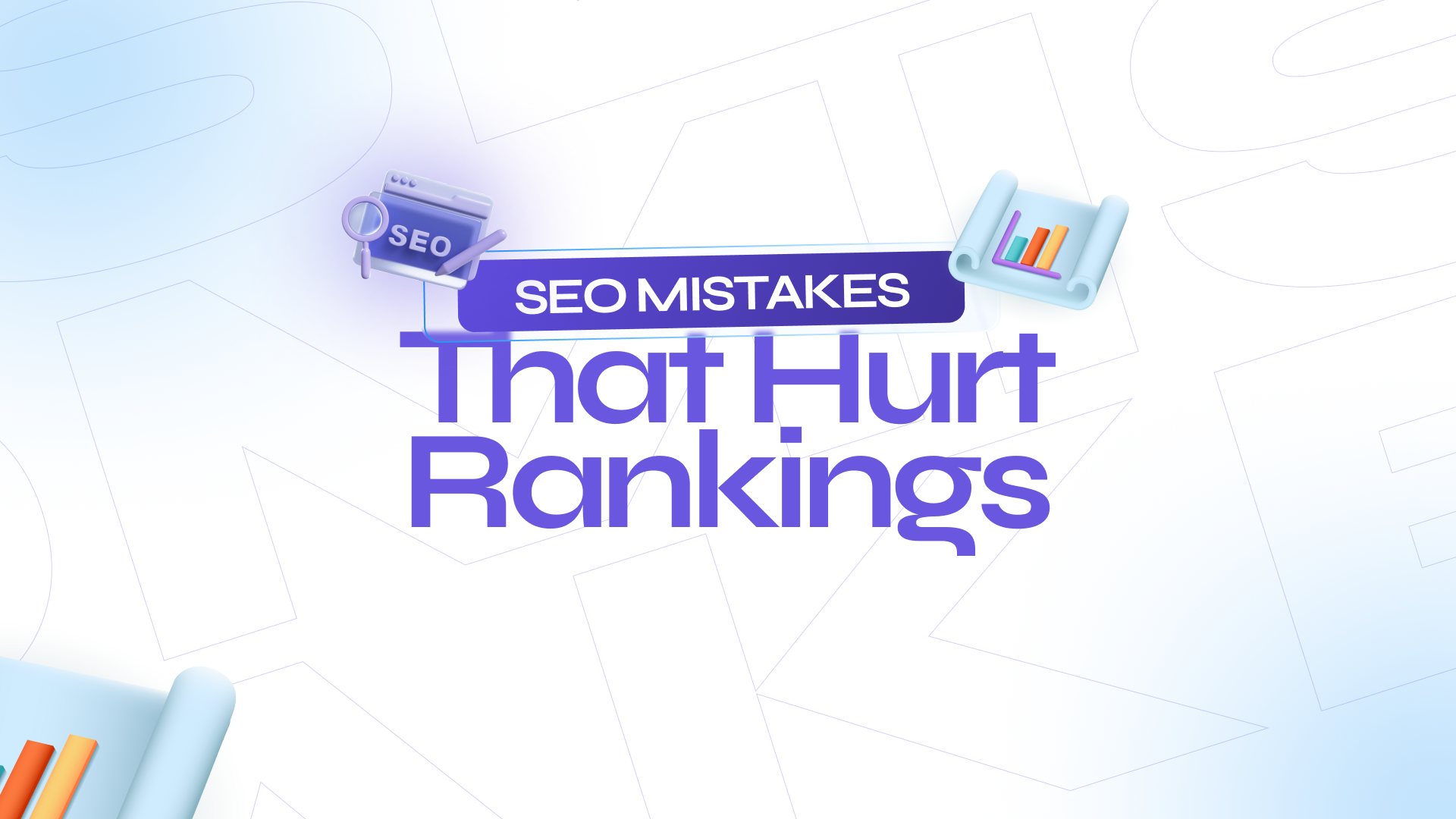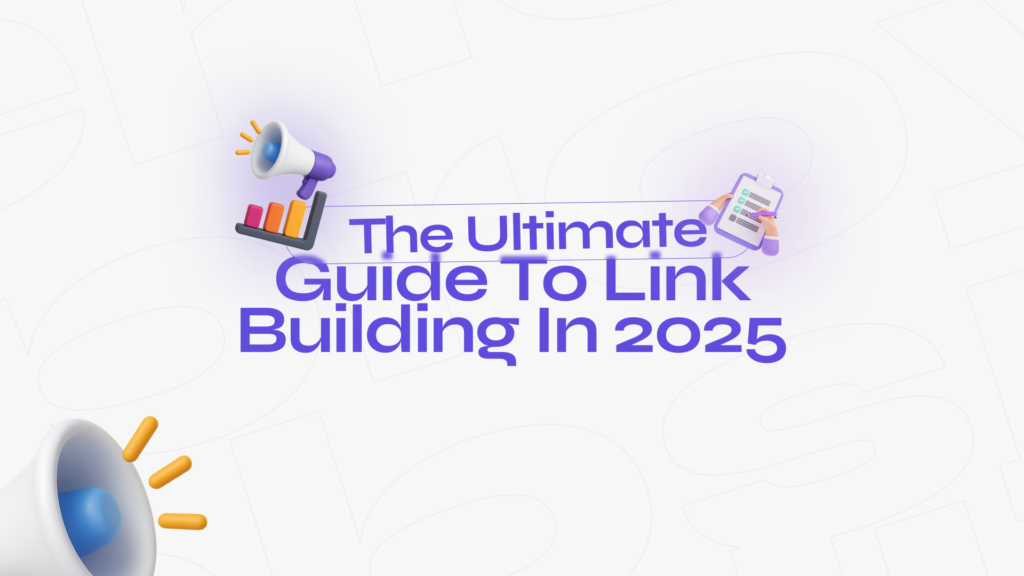If you want people to find your website on Google, you need good SEO. SEO stands for “Search Engine Optimization.” It helps your site show up when people search for something online.
But many websites make big mistakes with SEO. These mistakes can hurt your Google rankings. If you make these errors, fewer people will find your site. That means less traffic, fewer leads, and fewer sales.
In this post, we will look at the most common SEO mistakes — and how you can fix them.
1. Not Using the Right Keywords
This is a big one. If you don’t use the right keywords, Google won’t know what your page is about.
What’s the mistake?
Some websites use no keywords. Others use the wrong ones. They pick hard words with high competition or don’t match what their customers are searching for.
How to fix it:
Do keyword research using free tools like Ubersuggest or Google Keyword Planner.
Pick keywords your audience is searching for.
Use long-tail keywords (like “best shoes for running in rain”) instead of short ones (like “shoes”).
Put the keyword in the title, first paragraph, headings, and URL.
2. Slow Website Speed
People don’t like slow websites. Neither does Google.
What’s the mistake?
If your site takes more than 3 seconds to load, many people will leave. That hurts your bounce rate — and your ranking.
How to fix it:
Compress images before uploading.
Use a fast hosting service.
Reduce the number of plugins.
Use tools like Google PageSpeed Insights to test speed and get tips.
3. Not Mobile-Friendly
Most people search on their phones. If your site doesn’t work well on mobile, they will leave — and Google will notice.
What’s the mistake?
Some websites look fine on desktop but are broken on mobile. Buttons are too small. Text is too tiny. The layout is messy.
How to fix it:
Use a responsive design.
Check your site on different screen sizes.
Use Google’s Mobile-Friendly Test tool.
Fix any layout or button issues fast.
4. Bad Title Tags and Meta Descriptions
These help people (and Google) understand what your page is about. If they’re missing or bad, that’s a problem.
What’s the mistake?
Some pages have no title tags or meta descriptions. Others use the same one on every page. That confuses search engines.
How to fix it:
Write a unique title and meta description for each page.
Keep your title under 60 characters and meta description under 160.
Add your keyword to both.
5. Thin or Low-Quality Content
Google loves helpful content. If your page has just 100 words and no value, it won’t rank.
What’s the mistake?
Some pages are just filler. Others copy content from other sites. That’s not good.
How to fix it:
Write content that answers real questions.
Make it clear, helpful, and original.
Aim for at least 500 words per page.
Use headings, bullet points, and images to make it easy to read.
6. Broken Links and 404 Errors
Links that go nowhere (broken links) hurt user experience. Google sees this as poor site quality.
What’s the mistake?
Some websites link to pages that no longer exist. Others have internal links that don’t work.
How to fix it:
Use tools like Screaming Frog or Ahrefs to find broken links.
Fix or remove bad links.
Set up 301 redirects for deleted pages.
7. No Internal Linking
Internal links connect one page to another on your site. They help users and search engines move around.
What’s the mistake?
Some websites don’t link to other pages. Each page stands alone — like an island.
How to fix it:
Add links in your content to other pages on your site.
Use clear anchor text like “read our SEO checklist” instead of “click here.”
Link from blog posts to your services or product pages.
8. Ignoring Image SEO
Images can bring traffic too — but only if they’re optimized.
What’s the mistake?
Some sites use big image files with no alt text. That makes the site slow and less useful for Google.
How to fix it:
Name your image files with keywords (like “red-running-shoes.jpg”).
Add alt text that describes the image.
Compress the image before uploading.
9. Not Updating Old Content
Google likes fresh content. If your site has outdated info, it can lose rankings.
What’s the mistake?
Some businesses write content once and forget about it. But info can go out of date fast.
How to fix it:
Review old posts every 3–6 months.
Update facts, links, and stats.
Add new tips or examples to keep it fresh.
Final Thoughts
Good SEO is not just about doing the right things — it’s also about avoiding the wrong ones. The SEO mistakes above are common, but they’re easy to fix once you know about them.
If you want better rankings, start by fixing these issues. Your traffic will grow, your site will perform better, and your business will win more leads.
At Agencify, we help businesses avoid SEO mistakes and build strong strategies that work. If you need help, get in touch with us today.





